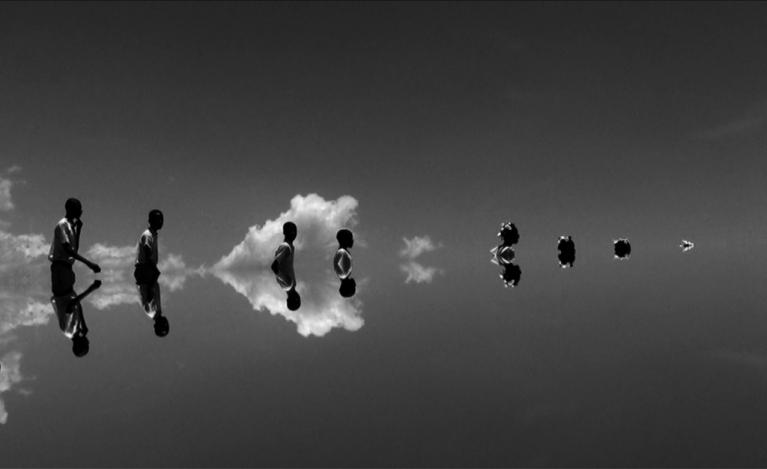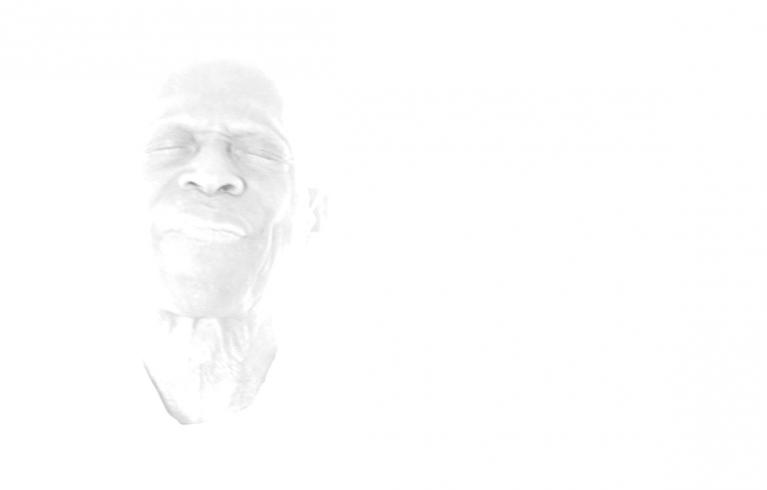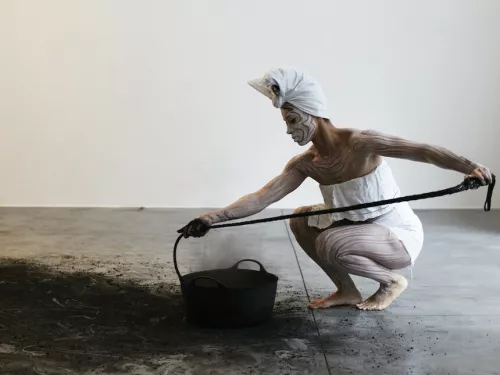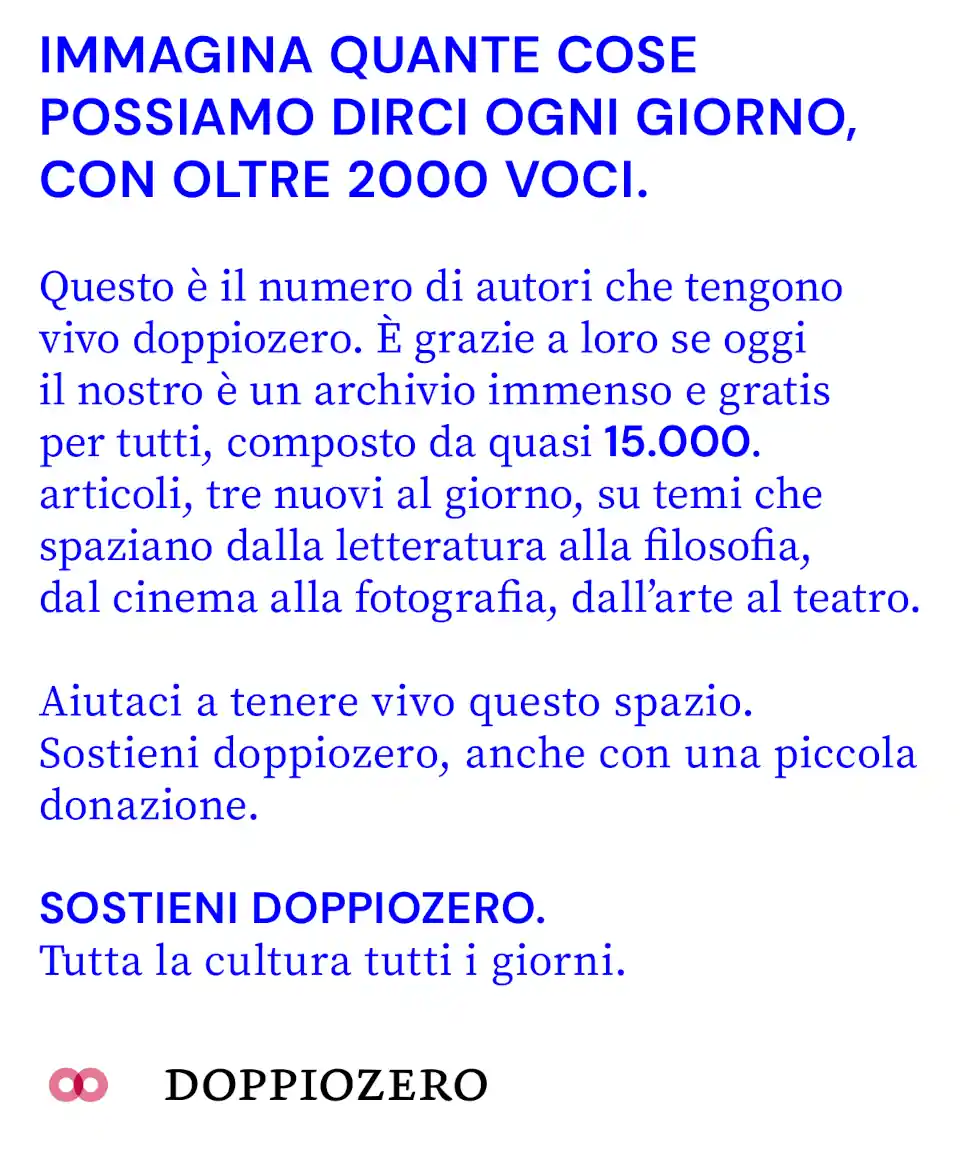Speciale
Interview with Jeannette Ehlers / Under a different sun
For Why Africa?, the curatorial collective EX NUNC presents a series of interviews with women artists from Africa and Diasporas, participating in the upcoming curatorial project UNDER A DIFFERENT SUN. This exhibition and performance programme, which will take place in Venice in December 2016, will discuss topics of lost histories and negated memories from female, diasporian perspectives. UNDER A DIFFERENT SUN is a project conceived and curated by EX NUNC’s co-directors Chiara Cartuccia and Celeste Ricci, in the framework of the third edition of Venice International Performance Art Week | Fragile Body-Material Body, curated by Verena Stenke and Andrea Pagnes.
***
This second interview in the series features Danish-Caribbean multimedia artist Jeannette Ehlers. Ehlers’ subjects of research are precarious and neglected historical narratives, modern and ancient slave trades, new and old colonialisms, which she investigates trough her sharp, performative artistic practice.
EX NUNC-Your artistic practice focuses on specific subject matters, such as recollecting memories, recovering lost histories, discussing issues of race and colonialism. As a Danish artist with Afro-Caribbean heritage, how do you approach these themes?
Jeannette Ehlers- I’m very keen on bringing these issues forward since they are surrounded by ignorance, neglect and silence, especially in a Danish context. In my work I always try to raise complex questions, in a subtle creative manner. My approach is often personal and it’s very important for me that my work somehow reflects this characteristic, while resonating in a global discourse.
 Jeannette Ehlers, Atlantic (Endless Row), 2009.
Jeannette Ehlers, Atlantic (Endless Row), 2009.
EXN- Talking about colonialism, the large involvement of Denmark in the Atlantic slave trade is almost an unknown fact from a foreign perspective. How do you try to raise awareness about these issues, in Denmark and abroad?
J.E- Yes, we’re dealing with a huge Scandinavian colonial amnesia. It is quite significant and reflects in the mindsets of many in this region. My work deals with this issue, on several levels both in my video works and in my performances. I feel a need to persistently investigate and raise awareness about the impact on contemporary society of those racist structures, which were established in the colonial era. There’s still a long way to go, however there has been quite some interest from the media as well as from the audience, which I mostly find uplifting.
I have a great international network of people that is very inspirational. I have been involved in bringing the decolonial event BE.BOP (Black Europe Body Politics), founded by curator Alanna Lockward, to Denmark a few times. This is one of the many ways in which I try to raise awareness. Every now and then I also teach, an activity that I find quite fruitful and giving. Many youngsters are open minded and eager to learn and, hopefully, eager for change. I totally gave up on mine and older generations but, but there is hope in the younger ones. The colonial system is “only” a superstructure and look where it is taking us. The world is bleeding. No it doesn’t have to be this way…
EXN- The video The Invisible Empire features your father as the narrator of a difficult story. The work links your own family’s history, within the transatlantic slave trade, to contemporary human trafficking. It seems to deal with orality, as a way to tell histories and stories in a different manner. Can you say more about this work?
J.E- The Invisible Empire deals with modern slavery and I felt it was crucial to address this issue when working with colonial matters. There is a straight line from the first to the second. I use my father, descending from enslaved Africans, as the protagonist in the piece, to connect the personal with the global and link the Trans Atlantic enslavement trade with today’s human trafficking. They’re both rooted in the same system – the capitalist system.
 Jeannette Ehlers, Black Bullets, 2012.
Jeannette Ehlers, Black Bullets, 2012.
EXN- The photographic series, Atlantic (Endless Row), was inspired by your journey to Ghana. This piece is a relevant example of the way you construct your works, going through a process of subtraction, rather than addition. In Atlantic (Endless Row), you created meaningful performative images by only including few visual elements. Can you comment on that?
J.E- As already mentioned, I strive for a subtle visual expression that at the same time involves a significant complexity. In Atlantic (Endless Row) I have manipulated the image by erasing some very important elements. The photos, taken on a beach in Ghana, show on the shore a reflection of a line of people walking towards the water. The only visible element of the actual people is their reflection.
By deleting the people I wanted to put into focus the erased history of the Danish colonial era. However, the colonial structures still live on in so many levels; these are the foundation for the industrialization in modern society. Erasing the protagonists of the picture also stresses the dehumanization of the enslaved. Everything is taken away: family, identity – everything! The collective trauma in the African diaspora is of high interest to me.
EXN- Another visually striking work is the video, Black Bullets. In this work the sonic element plays a key role. What does the sound communicate in this piece in particular, and how do you use it in your artistic practice?
J.E- The sound in Black Bullets is crucial. A series of black figures move in a looping sequence across the silvery sky to the pulse of a heavy, hypnotic drone-like sound. Black Bullets is a tribute to revolt and is inspired by the first and only successful insurrection of enslaved Africans in history, taking place at Saint-Domingue and led by the former enslaved Toussaint L’Ouverture, thus paving the way for the establishing of the new independent state of Haiti in 1804. The Haitian Revolution started as a voodoo ceremony in Bois Caiman in Haiti. Black Bullets’ soundtrack has a trance-like feeling to it that expresses power and persistence. I’m very much attached to sound and I use it as a tool for creating a narrative or emphasize the image.
 Jeannette Ehlers, The Invisible Empire, 2010.
Jeannette Ehlers, The Invisible Empire, 2010.
EXN- Concerning subtraction and visual clarity, you seem to translate the same attitude in your performance practice. In the performance piece, Whip It Good, you concentrate a complex history of slavery into a single violent gesture that becomes creative. The performance sees the participation of the audience, which is asked to take your place and whip the white surface. What was the response of the different audiences you encountered so far?
I have mostly experienced people being very emotionally engaged in this piece – even though they choose not to interact directly. Whipping is a very brutal action and the audience have various reasons to interact or not to. There surely are different interpretations of the piece and, most importantly, completely clashing perceptions, depending on who is holding the whip. I have performed Whip It Good in quite a few places now and every place is different. I noticed striking contradictions between my experience of performing Whip It Good in Copenhagen, in front of a predominantly white Danish audience that didn’t hold back from lashing the canvas, to that of performing it to a blend of black and white audience in a Cape Town gallery, where only black people took the whip. This contrast really shows the consciousness and connection to a colonial legacy of the two nations. It truly brought forward the Danes’ disconnection to their colonial past (and present).
EXN-How do you think performance practice can foster a change in the understanding of historical pasts, and eventually in re-thinking historiography as such?
J.E- I believe performance practice can have a huge impact on the understanding of historiography and the present. A confrontational performance like Whip It Good is a great way to raise consciousness. Audience’s experiences are either very disturbing or in fact quite relieving. Again, it depends on many things: personal reasons and historical background, which is so tied to this piece. Is it for example a white male or black female who holds the whip? How conscious is the participant? And so on and so forth. But, after all, my experience is that this confrontation can be a huge eye-opener; hence it generates new reflections on and understandings on coloniality.
With the support of 









